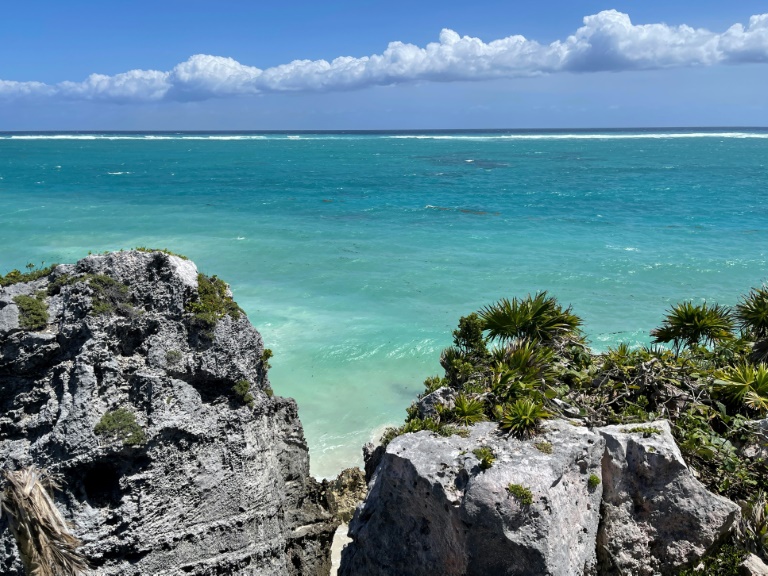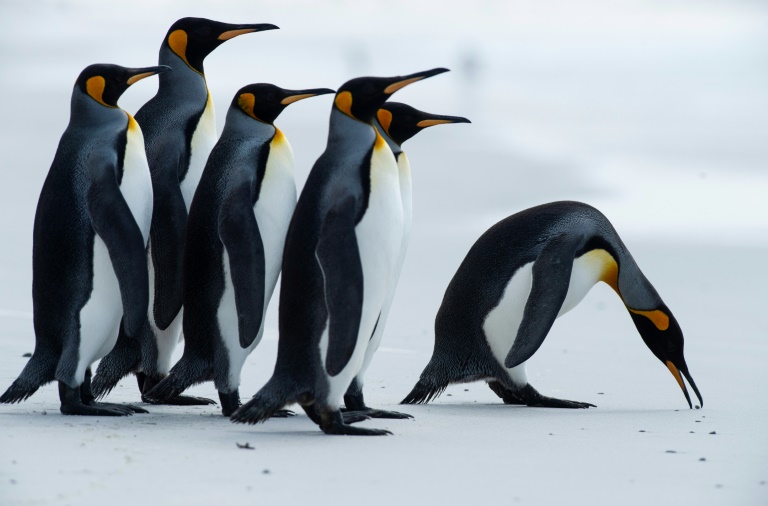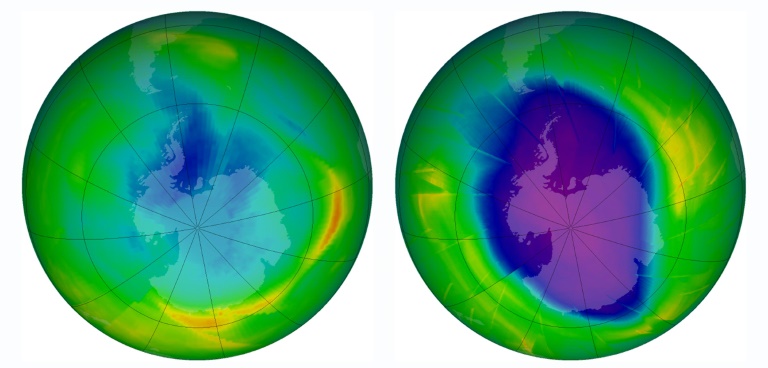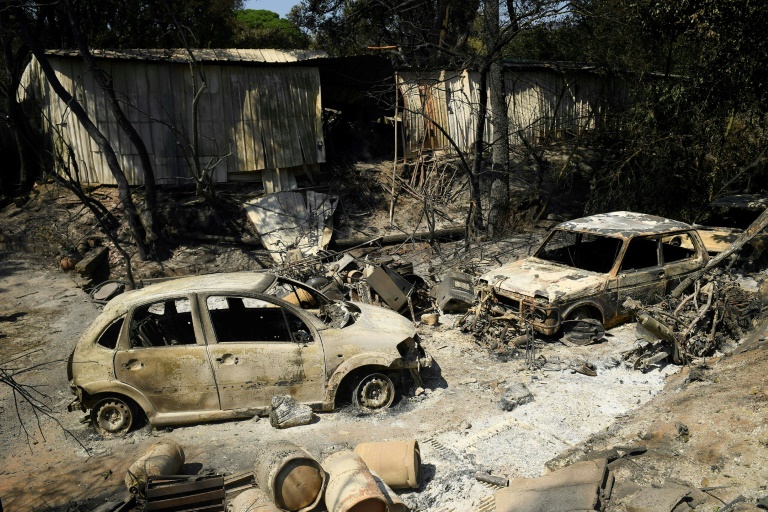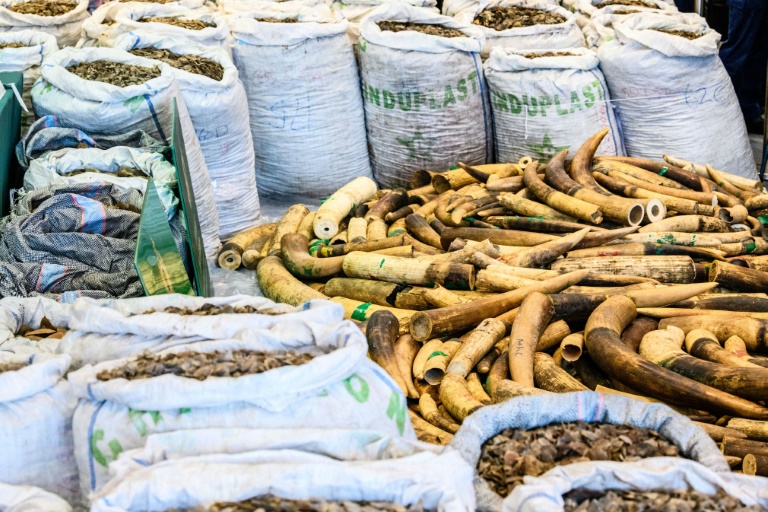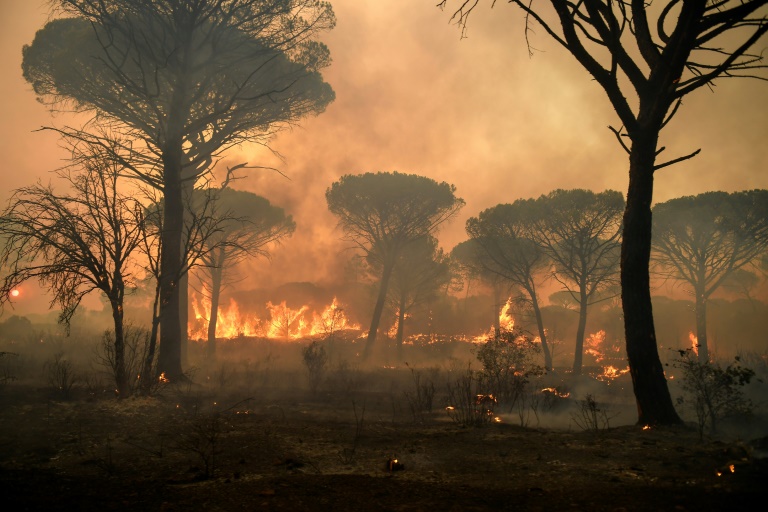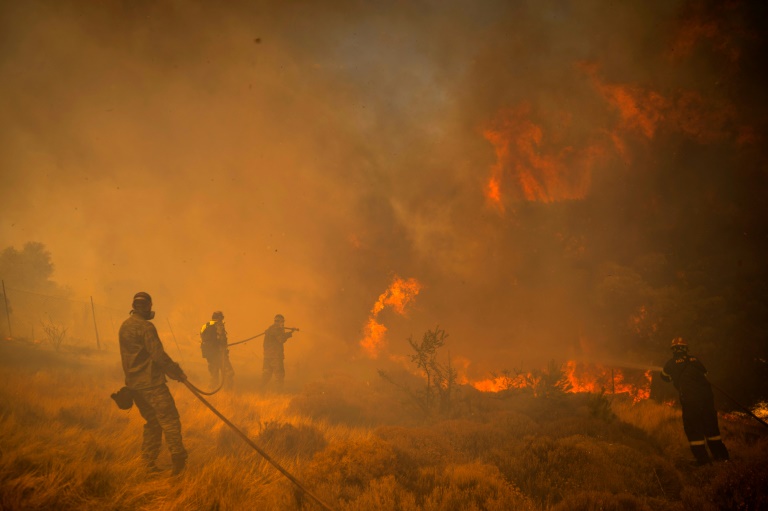Hundreds of firefighters struggled for a third day Wednesday to contain France’s worst wildfire of the summer near the glitzy Riviera resort of Saint-Tropez which has left two dead and forced thousands of residents and tourists to flee.
The fire is the latest to hit a Mediterranean region that has seen an onslaught of blazes claim lives in Greece, Turkey, Italy and Algeria in recent weeks, with numerous officials blaming climate change.
The fire near Saint-Tropez has scorched some 5,000 hectares in a region known for its forests, vineyards and fauna since it broke out in the Plaine des Maures nature reserve on Monday evening.
The fire “had not spread” during the night but “that does not mean it is under control,” said the fire service spokesman for the Var region, Franck Graciano.
“We will carry out the same basic work as yesterday by dropping water on the critical places,” he said.
Var’s senior local official, or prefect, Evence Richard said two people had been found dead, including one whose charred body was discovered in the village of Grimaud.
Investigators were seeking to identify the corpse, which was so badly disfigured that “nothing can indicate whether it is a man or a woman,” prosecutor Patrice Camberou said. “The house was completely destroyed by fire,” he added.
The other victim was a man, authorities said.
Twenty-four people have been lightly injured in this fire, including five firefighters, Richard said.
As for the thousands evacuated from holiday homes and camping sites, Richard said “we will re-evaluate the situation at the end of the afternoon… but for now a return is not on the agenda.
Around 1,200 firefighters were deployed, some using high-pressure hoses and water-bombing planes and helicopters to control the flames.
– ‘Battle is ongoing’ –
High temperatures and strong winds forced local authorities to evacuate around 7,000 people from homes and campsites, the Var prefecture said Tuesday, many to the safety of municipal buildings and schools.
Among them were 1,300 people staying at a campsite in the village of Bormes-les-Mimosas down the coast from Saint-Tropez.
Others fled the village of La Garde-Freinet, but there were no new evacuations overnight, the fire service said Wednesday.
“We started smelling the smoke around 7 pm, then we saw the flames on the hill,” said Cindy Thinesse, who fled a campsite near Cavalaire on Monday evening.
“We hesitated, but when we saw that, we decided to leave,” she told AFP.
“The coming hours will be absolutely decisive” for the firefighting effort, President Emmanuel Macron, who has been taking his summer break on the Mediterranean coast, said during a visit to first responders on Tuesday evening.
While Macron added that “the battle is ongoing and the fire has not yet been contained, stabilised,” he said that the firefighters’ courage had managed to “avoid the worst”.
– ‘Climate change hotspot’ –
The Mediterranean basin has long faced seasonal wildfires linked to its dry and hot weather in the summer, but climate scientists warn they will become increasingly common because of man-made global warming.
A draft UN assessment seen exclusively by AFP says that fire seasons will also last longer in the Mediterranean, which it called a “climate change hotspot”.
The French fire is believed to have started near a motorway stop some 30 kilometres (18 miles) northwest of Saint-Tropez.
“We’ve never seen it spread with such speed, it was three or four times the usual,” La Garde-Freinet’s mayor Thomas Dombry told AFP.
“Half of the Plain des Maures nature reserve has been devastated,” said Concha Agero, deputy director of the French Office of Biodiversity.
Charred power lines lay on the ground Tuesday, and many trees were burnt around their trunks but their branches were intact, suggesting the fire had ripped through at speed.
But after a calm night, on Wednesday technicians began trying to restore phone and electricity lines.
est-iw-wdb-sjw/dl

